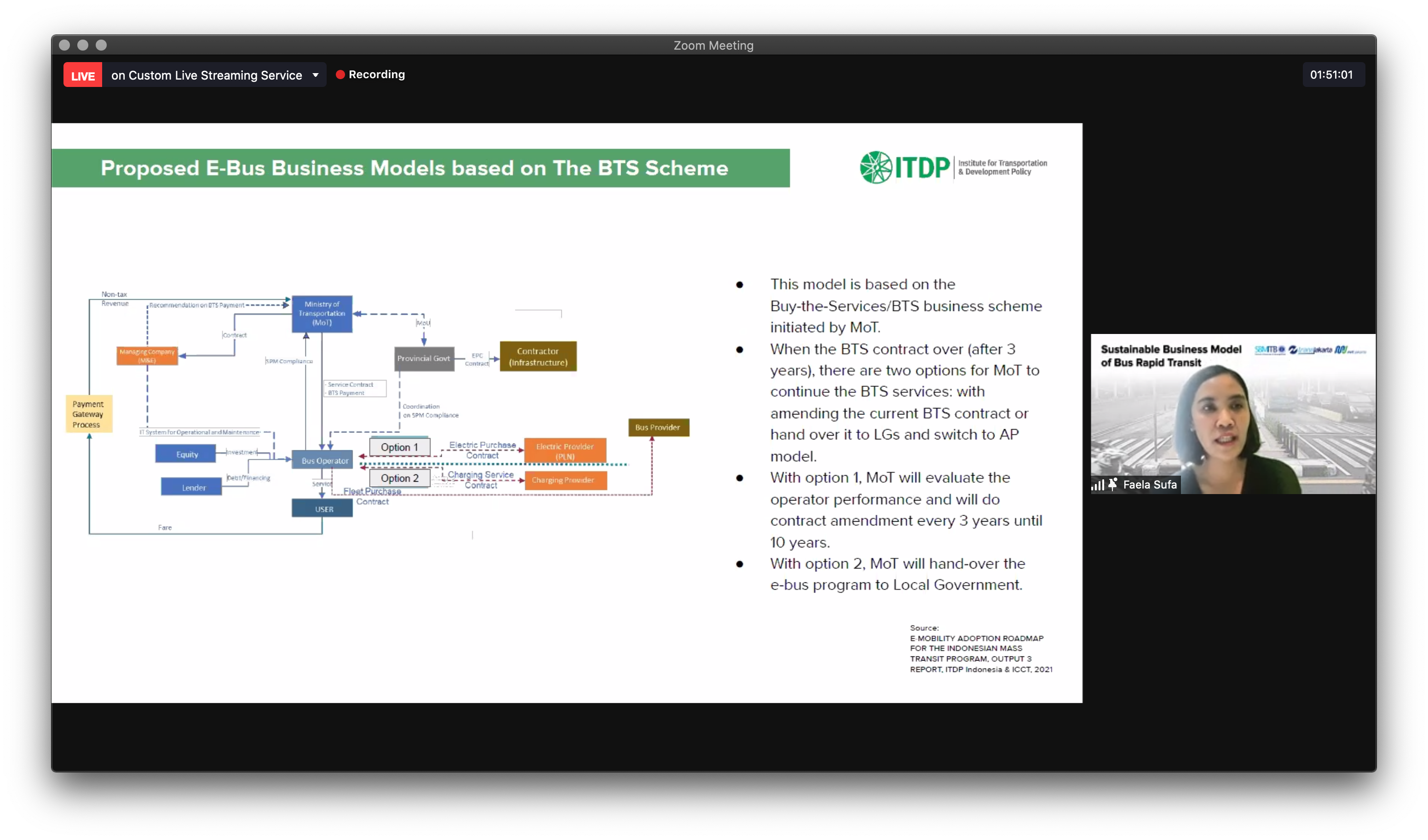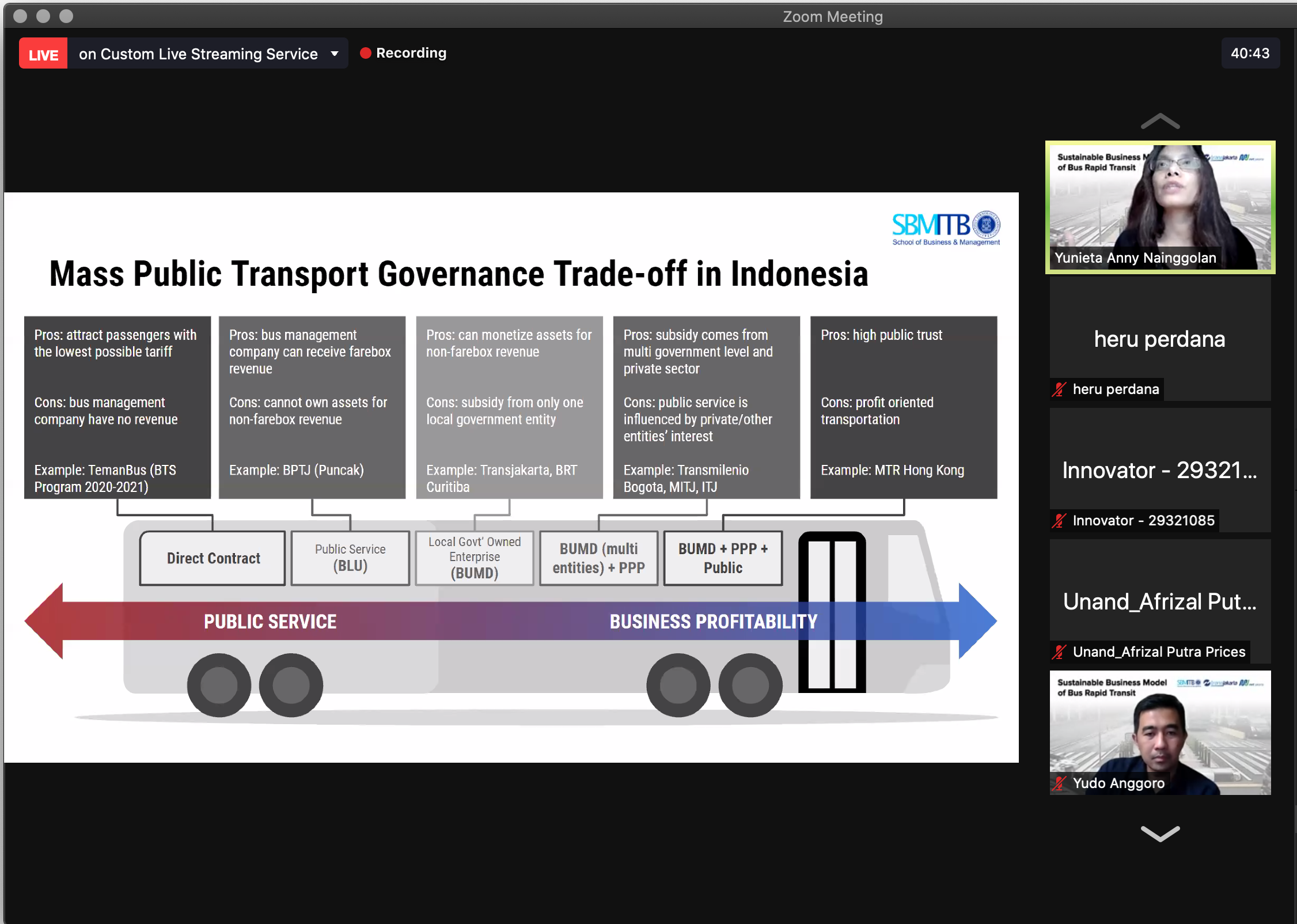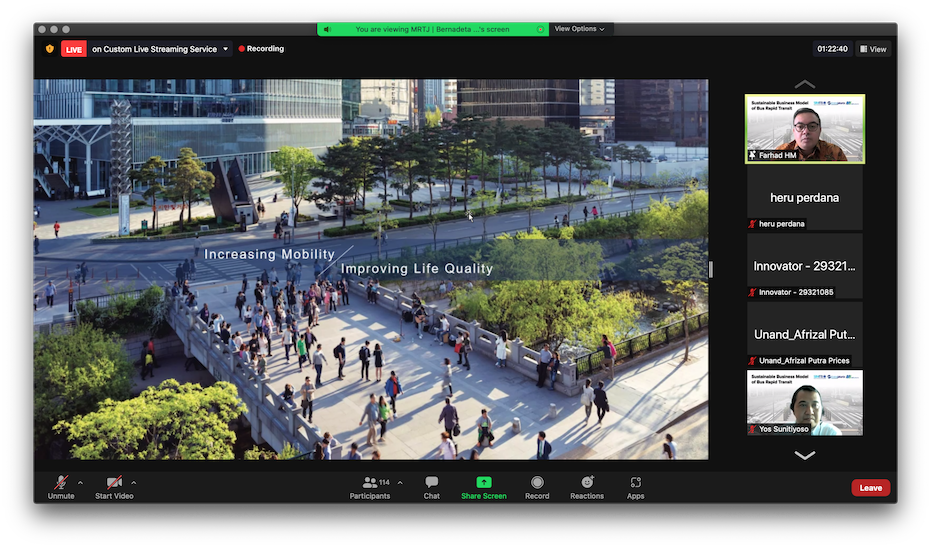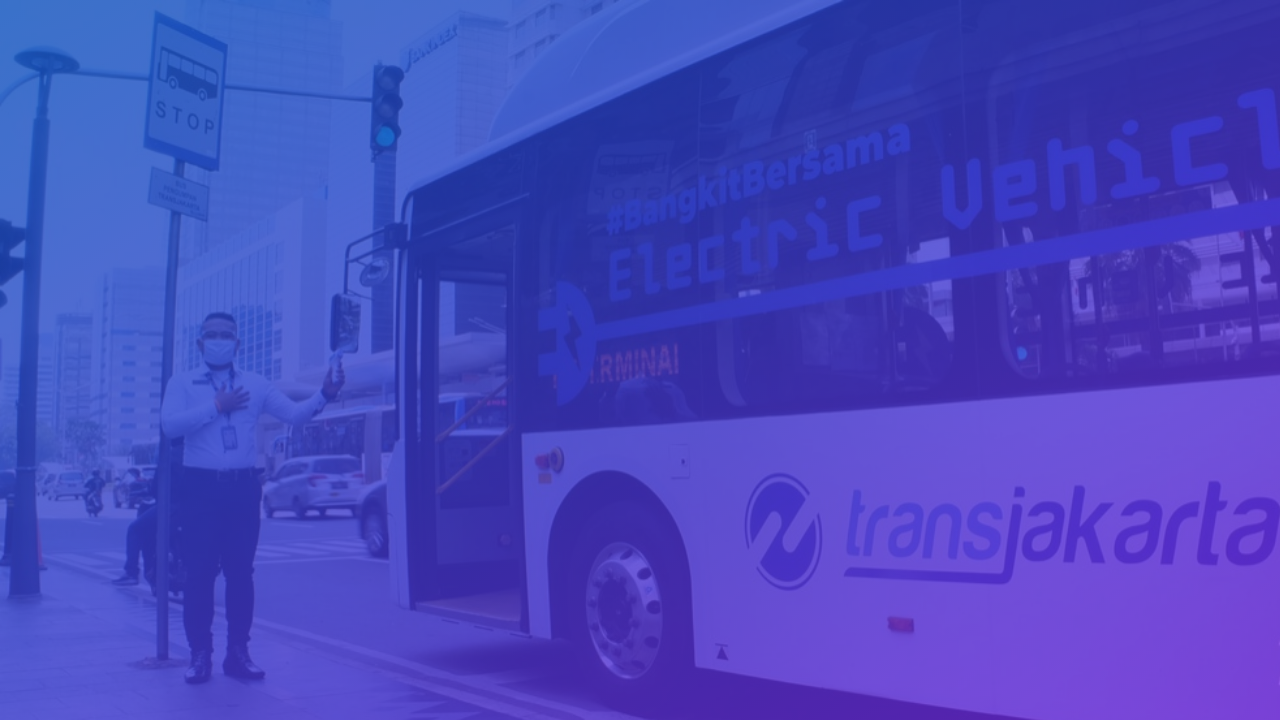Bus Rapid Transit (BRT) is one of the government’s efforts in improving public transportation. The next challenge in managing BRT is establishing a sustainable business model.


“It is the public transport’s dilemma, whether to strictly serving the public with the lowest tariff or taking the opportunity for the extra revenue,” said Yunieta.
Faela Sufa, the Southeast Asia Director of the Institute for Transportation & Development Policy, also gave a presentation on several business models of the public transportation systems in Indonesia and other countries while touching on the topic of electric busses. Faela pointed out the cons of the Buy the Service (BTS) concept, noting that it lacks commitment from the government as the three-years contract is too short, making investors reluctant to join, and the fare collection scheme is still unclear. She also presented three proposed business models for the BRT, mikrolet, and e-bus.
Morris Cheung, the Former President of MTR Academy Hong Kong, also talked about this topic in the context of Hongkong MTR that uses the “Rail+Property” business model and how it leads to a win-win-win situation for every party involved, including the government and society. Public transportation expansion can be a catalyst for urban regeneration, new urban lifestyles, and economic growth. There is no single solution that will operate in all regions in terms of BRT’s economic model and small city applicability.

The model should also utilize non-farebox revenue, such as developing advertisements, commercial business, etc. Lastly, national and local governments should synergize in planning and provision the public transport system and supporting transit facilities towards BRT-based Transit-Oriented Development of the city.
Written by Student Reporter (Janitra Nur Aryani, Management 2023)




